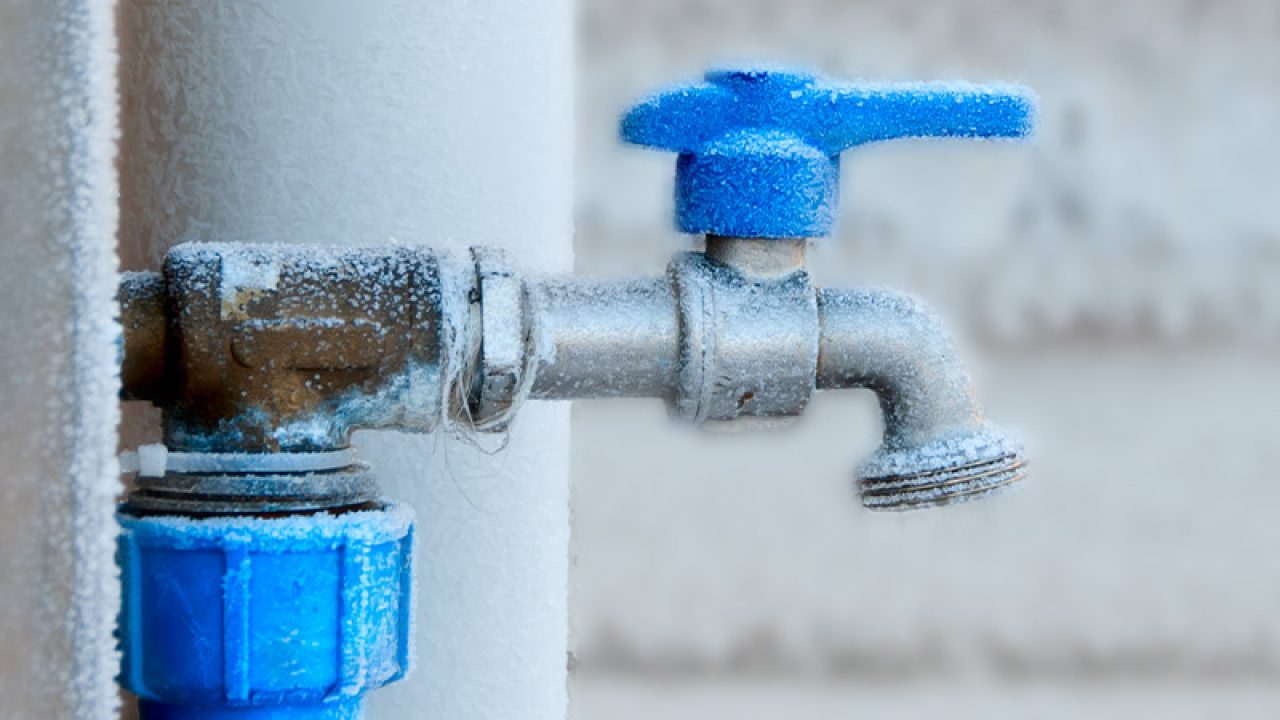Avoiding Pipes from Cold Weather: Best Tips
Avoiding Pipes from Cold Weather: Best Tips
Blog Article
This great article below relating to Preventing and dealing with frozen pipes is really insightful. Try it and make your own personal findings.

Winter can ruin your pipes, especially by freezing pipes. Right here's how to prevent it from taking place and what to do if it does.
Introduction
As temperatures decline, the risk of frozen pipelines rises, potentially resulting in expensive repair services and water damages. Recognizing exactly how to prevent frozen pipes is critical for homeowners in cold climates.
Comprehending Frozen Pipes
What triggers pipes to freeze?
Pipelines freeze when exposed to temperatures below 32 ° F (0 ° C) for extended durations. As water inside the pipelines ices up, it broadens, putting pressure on the pipe wall surfaces and possibly triggering them to rupture.
Risks and problems
Icy pipes can lead to water supply disturbances, property damages, and expensive repairs. Ruptured pipes can flooding homes and cause considerable structural damages.
Indications of Frozen Pipes
Identifying frozen pipes early can prevent them from bursting.
How to identify icy pipes
Seek reduced water flow from faucets, unusual smells or sounds from pipes, and visible frost on exposed pipelines.
Avoidance Tips
Protecting susceptible pipes
Cover pipelines in insulation sleeves or use heat tape to shield them from freezing temperature levels. Focus on pipelines in unheated or external areas of the home.
Heating techniques
Maintain indoor areas appropriately warmed, specifically locations with plumbing. Open up cupboard doors to allow warm air to flow around pipes under sinks.
Safeguarding Exterior Pipes
Garden pipes and exterior taps
Disconnect and drain yard tubes prior to winter. Set up frost-proof spigots or cover outside taps with shielded caps.
What to Do If Your Pipelines Freeze
Immediate activities to take
If you believe icy pipelines, maintain taps open up to soothe stress as the ice thaws. Utilize a hairdryer or towels soaked in hot water to thaw pipes gradually.
Long-Term Solutions
Architectural changes
Think about rerouting pipes away from outside wall surfaces or unheated areas. Include additional insulation to attics, basements, and crawl spaces.
Upgrading insulation
Invest in premium insulation for pipes, attics, and wall surfaces. Correct insulation aids preserve constant temperatures and reduces the threat of icy pipes.
Conclusion
Protecting against icy pipes requires aggressive steps and quick feedbacks. By comprehending the causes, indicators, and preventive measures, homeowners can secure their plumbing throughout cold weather.
5 Ways to Prevent Frozen Pipes
Drain Outdoor Faucets and Disconnect Hoses
First, close the shut-off valve that controls the flow of water in the pipe to your outdoor faucet. Then, head outside to disconnect and drain your hose and open the outdoor faucet to allow the water to completely drain out of the line. Turn off the faucet when done. Finally, head back to the shut-off valve and drain the remaining water inside the pipe into a bucket or container. Additionally, if you have a home irrigation system, you should consider hiring an expert to clear the system of water each year.
Insulate Pipes
One of the best and most cost-effective methods for preventing frozen water pipes is to wrap your pipes with insulation. This is especially important for areas in your home that aren’t exposed to heat, such as an attic. We suggest using foam sleeves, which can typically be found at your local hardware store.
Keep Heat Running at 65
Your pipes are located inside your walls, and the temperature there is much colder than the rest of the house. To prevent your pipes from freezing, The Insurance Information Institute suggests that you keep your home heated to at least 65 degrees, even when traveling. You may want to invest in smart devices that can keep an eye on the temperature in your home while you’re away.
Leave Water Dripping
Moving water — even a small trickle — can prevent ice from forming inside your pipes. When freezing temps are imminent, start a drip of water from all faucets that serve exposed pipes. Leaving a few faucets running will also help relieve pressure inside the pipes and help prevent a rupture if the water inside freezes.
Open Cupboard Doors
Warm your kitchen and bathroom pipes by opening cupboards and vanities. You should also leave your interior doors ajar to help warm air circulate evenly throughout your home.

I was made aware of that editorial about How to prepare your home plumbing for winter weather from someone on a different blog. Do you know about someone else who is interested in the niche? Do not hesitate to promote it. Thanks so much for taking the time to read it.
Article Report this page